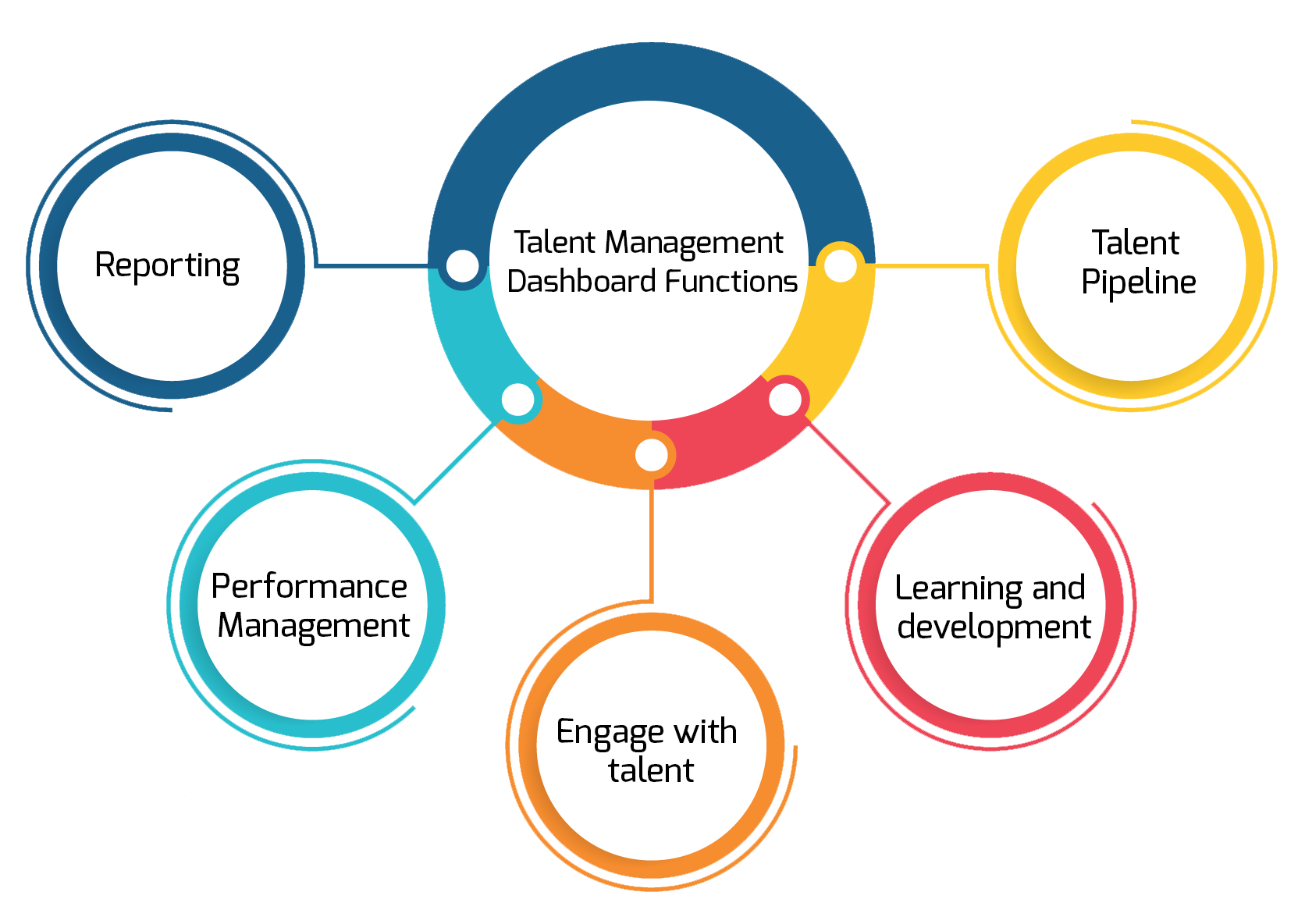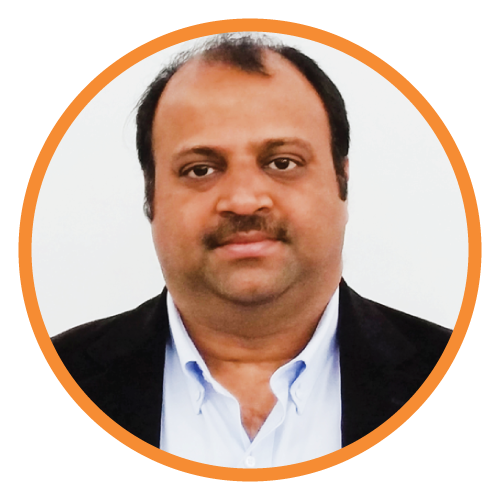Talent analytics is a relatively new concept that has been gaining traction within the HR community. It is based on the premise that employees are not only capable of performing at high levels, but also that they can be measured by their performance.
It is essential for a manager to be able to see how their employees are doing and what they are working on at any given time. This way, they can make sure that the employee is getting enough work and doesn’t have too much on their plate.
What is a Talent Management Dashboard?
Talent management is the process of identifying, acquiring, and developing employees to achieve a company’s goals. It is a strategic process that is essential to the success of any organization.
A talent management dashboard is a tool that helps managers to track the progress of their employees. It gives them an overview of the workload and helps with managing it accordingly.
A company’s success depends on its people. Talent management ensures that the right people are in the right jobs at the right time. It also helps in retaining top talent by providing them with opportunities for growth and development.
Some reasons why talent management is important are:
– Ensuring employee retention
– Increasing productivity
– Improving customer satisfaction
What Makes a Good Talent Management Dashboard?
A successful talent management system requires a good knowledge of the employees. A company’s talent management dashboard should keep company leaders up to date with the employees’ progress and their needs. Ideally, the system should encourage a positive work environment and promote employee satisfaction. A bad talent management system can cost a company money, both in terms of human resources and financial problems.
The best talent management system has effective human resource management (HRM) software that keeps company leaders abreast of the talents’ progress and their needs. This system should also help them promote a positive work environment. Some companies use “360-degree feedback” software to help them identify talent gaps and assess how their managers perform. Effective talent management keeps costs down by identifying potential problems before they become issues.
An effective HRM system must have a strong database of employees. It should include data such as job title, location, age, gender, and performance evaluations from previous employers. A good HRM system also has a central database where all data from various departments is stored. This way, any employee information can be easily accessed by different departments within the company. Ideally, the system should encourage a positive work environment by promoting an atmosphere of teamwork and equality. The employees’ feedback and suggestions could help managers improve their skills and promote a more efficient workplace.
Effective talent management systems promote a positive work environment while keeping costs down and the company in check. They also encourage employee feedback so they can identify potential problems before they become issues. A good talent management system helps ensure that the company remains competitive— which ultimately benefits both the employers and their employees.
Benefits of Creating a Talent Management Dashboard
A talent management dashboard is a convenient way for a company to track the performance of its talent acquisition and retention strategies. In addition, a talent management dashboard helps companies analyze their talent acquisition and retention performance and identify where they need to improve. A good talent management dashboard contains real-time data, so managers can easily spot trends and make informed decisions.
Companies also have the option to create customized versions of their talent management dashboards based on their specific needs. For example, HR departments usually create recruiting dashboards for use by managers; customer service departments usually create feedback dashboards for use by employees, and marketing departments usually create lead generation dashboards for use by salespeople. Each department has its own unique set of needs when creating a recruitment, feedback, or lead generation dashboard, so it makes sense that they would want to customize that tool for their needs.

Better recruiting
A talent management dashboard provides an efficient recruitment process that uses data-driven insights to improve the sourcing of top candidates for key roles in your organization. By using recruitment metrics, HR professionals are helped in the recruitment process, improving their performance, and increasing productivity. With the help of real-time insights, HR teams can make smart strategic decisions to reach their hiring goals.
Better progression planning
A talent management dashboard helps employees create a progress plan that will take them as you move up through the ranks in your business. Building an engaged and committed workforce, developing future skills, supporting succession planning, and attracting new talent are just a few of the advantages for companies that engage in using talent management dashboards.
Better onboarding experience
Onboarding is the first real impact of the employee’s life with that company and doesn’t have to start and end with a PowerPoint deck. Organizations that view onboarding as an important part of the talent management process make onboarding personal and interactive by involving mentors and introducing new hires to key people in other departments.
More opportunities for training and reskilling
Talent management systems make it easy to see where skill gaps lie—and allow the organization to identify people and link them to training opportunities to enable business continuity.
Improved performance management
A talent management dashboard helps improve performance management and provides insight into projects that are falling behind deadlines so that they can be re-prioritized. Talent management also helps organizations move to dynamic performance management, in which feedback between a manager and an employee is more open and continuous.
Employee experience
All these practices work together to enhance the overall employee experience, which is an employee’s overall feeling towards a company that determines whether they decide to enter a deeper relationship with the company.
Connecting and sharing data
The right talent management system can integrate and align core HR processes. While most of the data collected through human resource information systems is stored in silos and can be difficult to access and analyze, an integrated talent management system shares data across the system allowing easy access. It gives you a clear understanding of what that data means for your business and enables you to make informed, strategic business decisions.
Career development
A talent management dashboard gives you all the helpful data and information you need to start a discussion with your employees about their career growth, growth opportunities and training needs. Connected training and development opportunities lead to higher employee engagement and better retention. Talent management dashboard helps you to track and manage employee with suitable options to help them progress in their career.
5 Functions of a Talent Management Dashboard

Below are the typical talent management dashboard functions:
Reporting:
A talent management dashboard provides an overview of the talent pipeline, starting with recruiting and ending with outflows.
Performance Management:
A talent performance management dashboard provides a high-level approach to analyzing employees’ performance based on watch-ins and performance ratings given by their managers. This dashboard is useful not only to make the most of your employee’s skills and competencies, but also to use as a base to discover and select new talent.
Engage with talent:
A talent management dashboard provides data and information about employees that needs to be discussed with the employee about their career growth, growth opportunities, and training needs.
Learning and development:
Talent Management Dashboard provides a powerful L&D tool that helps you track and analyze your learning metrics. Depending on the position and ability of the employee, various opportunities for learning and development may be offered. An employee who has quick learning ability can be brought to a management position rapidly.
Talent Pipeline:
A Talent management dashboard provides a collection of candidates that are engaged and can be contacted when relevant roles become available.
Top 6 Talent Management KPIs
Talent metrics are an integral part of any talent management strategy. Evaluation of employee performance, expenses and turnover will provide important metrics that will aid in strategic decision making. Below we have discussed some of the widely used KPIs.
Turnover:
Talents are those people who have high potential for the future. These are the people you want to educate and train so that they can be even more valuable to the organization in the future. Therefore, it is a good way to track turnover. It can be measured using simple turnover percentage or percentage change over time.
Turnover Rate = # of Separations / Avg. # of Employees x 100
Retention:
Retention is more than the flip side of turnover in that it focuses only on those employees the company wants to keep aside from those who are terminated for any reason.
Retention rate = Number of employees remaining at the end of the period / total number of employees
Cost to hire:
The cost-per-hire metric measures the cost-effectiveness of your recruiting operation. The goal: Hire the best talent, in the shortest period, for the least expense.
Time to hire:
Time to hire is another recruitment metric example. It is usually measured as the number of days from the moment the vacancy opened until the new hire signed his or her contract.
Mobility:
Talent mobility describes an employee’s ability to move between positions within their company. Talent mobility is a metric that keeps track of the mobility of employees. Mobility can be both internal and external.
Performance:
One function of talent management is the overall performance of talent, often referred to as performance management. These talent metrics can help you track performance at various points in the talent cycle.
Talent Management Dashboard Examples

The Talent Management Dashboard starts with a quick overview of the total applications collected, total interviews taken, and total fired talent. Talent turnover rates are represented by various departments. Here we can see the involuntary and voluntary analysis for different departments. Proceeding Next chart represents talent rating analysis where you can check how many applications come under highly skilled, semi-skilled, skilled, and unskilled. Coming to the next chart shows how many talents have been hired and how many talents are entered in the name of the recruiter. The next bar chart shows how many talents are fired in a month by the recruiter concerned.
As you can see, with the help of our HR Metrics Dashboard, we have identified some points that may need improvement and additional adjustments to your HR strategy. Keep in mind that you need to focus on retaining the right talent and keeping them satisfied to avoid high turnover rates and, later, costs.
Conclusion
Data and analytics tools are evolving rapidly. Technology and data are changing the way businesses develop strategies that impact their success, especially when it comes to hiring and keeping talent. In this article, we have discussed the benefits of using Talent Management Dashboard and why Talent Management Dashboard is important for HR people to make quick decisions.

Milan Desai
Chief Technology Officer
Milan Desai has more than 20 years of industry experience in working with clients to solve business problems. Passionate about leveraging technology for improving the quality of life and optimize the use of resources. Currently, working on utilizing data to drive business decision making process and user understanding of key metrics that drive the organization and markets in general. Co-founder of EzDataMunch – the first BI Apps store in the world.

